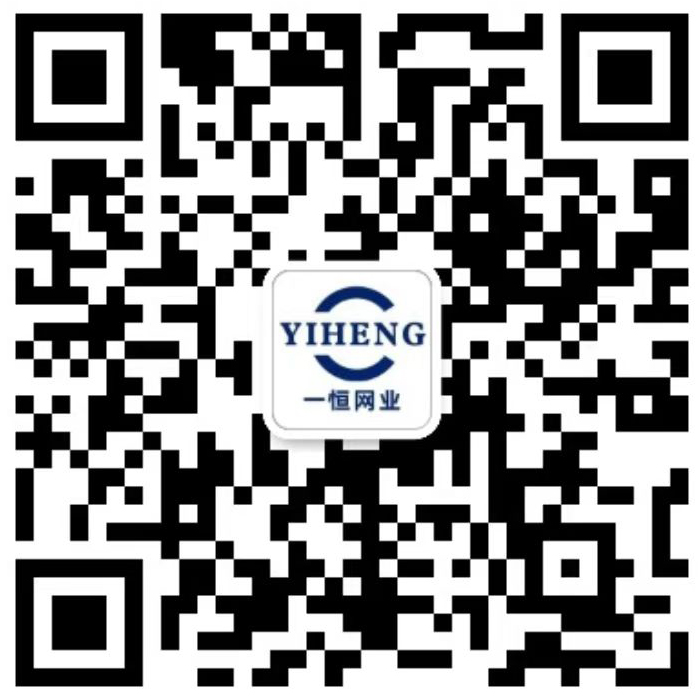Nonwoven Conveyor Belt: A Key Component in Nonwoven Fabric Production
1. What is a nonwoven conveyor belt?
A nonwoven conveyor belt is a specially designed conveyor belt used in nonwoven fabric production. This type of belt is typically made from high-quality materials that are resistant to wear and tear, ensuring reliable and efficient material transportation.
2. How does a nonwoven conveyor belt improve nonwoven fabric production?
A nonwoven conveyor belt improves nonwoven fabric production in several ways, including:
- Improved productivity: A reliable and efficient conveyor belt can help to streamline the production process, reducing the time required for material handling and improving productivity.
- Consistent product quality: A high-quality conveyor belt ensures consistent material transportation, reducing the risk of defects and ensuring consistent product quality.
- Reduced downtime: A durable conveyor belt is less likely to break down, reducing the risk of downtime and associated costs.
3. What are the different types of nonwoven conveyor belts?
There are several different types of nonwoven conveyor belts, each designed for specific applications. These include
- Polyester conveyor belts: Made from high-quality polyester materials, these belts are ideal for nonwoven fabric production and other high-demand applications.
- PVC conveyor belts: PVC conveyor belts are a cost-effective option for nonwoven fabric production, providing reliable and efficient material transportation at an affordable price.
- PU conveyor belts: PU conveyor belts are resistant to wear and tear and provide excellent grip, making them ideal for use in nonwoven fabric production and other high-demand applications.
4. How do I choose the right nonwoven conveyor belt for my application?
When choosing a nonwoven conveyor belt, consider the following factors:
- Material: Choose a belt made from high-quality materials that are resistant to wear and tear.
- Belt width and length: Choose a belt size that matches your production needs.
- Price: Compare prices from different manufacturers to ensure you get a high-quality belt at a reasonable price.
- Compatibility: Ensure the belt is compatible with your production process and machinery.
5. How do I maintain my nonwoven conveyor belt?
Proper maintenance is crucial for ensuring the longevity and optimal performance of your nonwoven conveyor belt. Regular cleaning and inspection can help identify any defects or damages that require repair. Additionally, ensure that the belt is properly lubricated to prevent wear and tear.
In conclusion, a nonwoven conveyor belt is a key component in nonwoven fabric production, providing a reliable and efficient solution for material transportation. When choosing a belt, consider factors such as material, size, price, and compatibility, and ensure that the belt is properly maintained for optimal performance.


 English
English 中文
中文 Russian
Russian Spanish
Spanish Arabic
Arabic German
German





